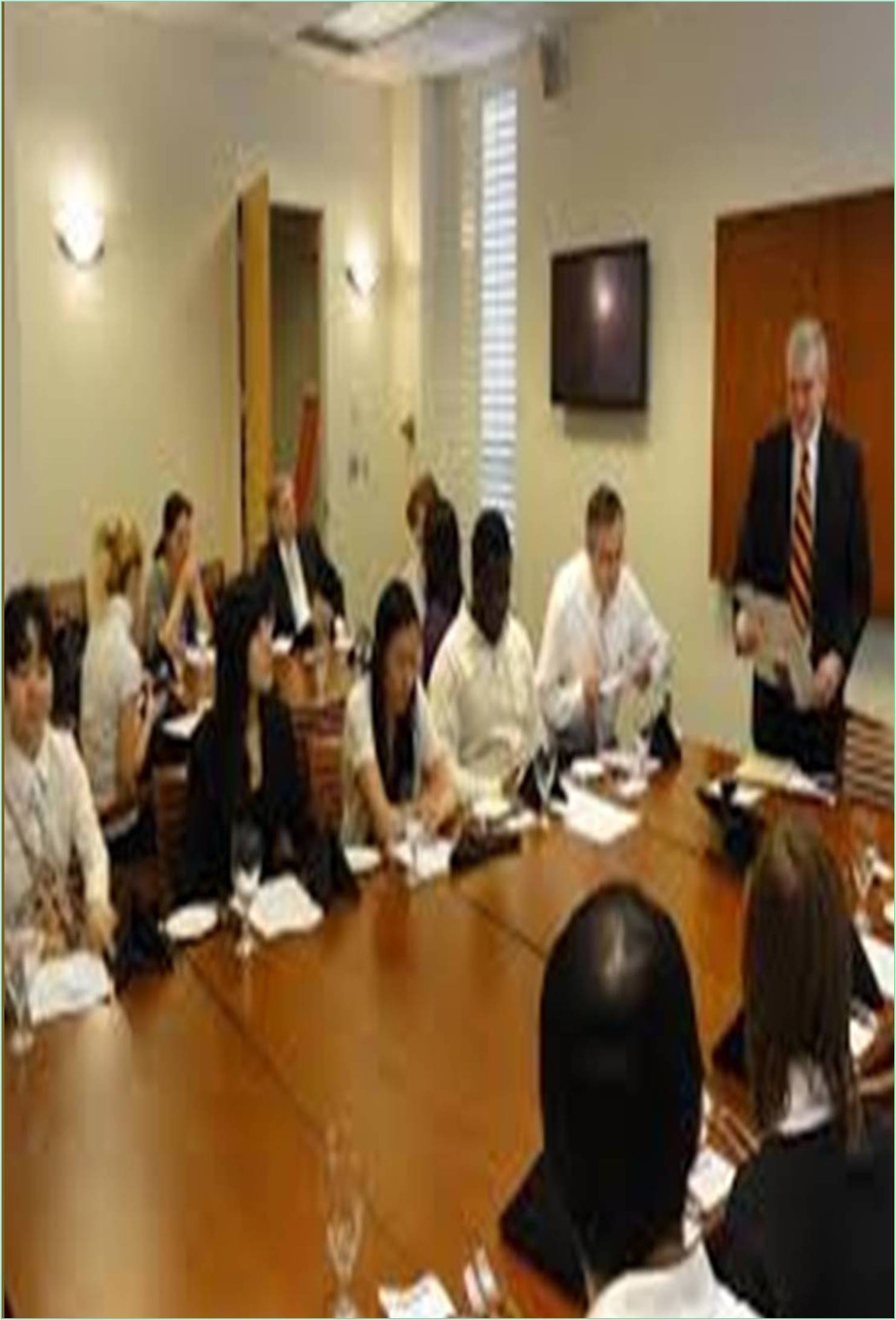



Published: 05-Jul-2021
Education research is the scientific field of study that examines education and learning processes and the human attributes, interactions, organizations, and institutions that shape educational outcomes. Scholarship in the field seeks to describe, understand, and explain how learning takes place throughout a person’s life and how formal and informal contexts of education affect all forms of learning. Education research embraces the full spectrum of rigorous methods appropriate to the questions being asked and also drives the development of new tools and methods The pursuit of information that can be directly applied to practice is aptly known as applied or contractual research.
The pursuit of information that can be directly applied to practice is aptly known as applied or contractual research. Researchers in this field are trying to find solutions to existing educational problems. The approach is much more utilitarian as it strives to find information that will directly influence practice. Formal education occurs in a structured environment whose explicit purpose is teaching students. Usually, formal education takes place in a school environment with classrooms of multiple students learning together with a trained, certified teacher of the subject. Most school systems are designed around a set of values or ideals that govern all educational choices in that system. Such choices include curriculum, organizational models, design of the physical learning spaces (e.g. classrooms), student-teacher interactions, methods of assessment, class size, educational activities, and more In most contemporary educational systems of the world, secondary education comprises the formal education that occurs during adolescence. In the United States, Canada, and Australia, primary and secondary education together are sometimes referred to as K-12 education, and in New Zealand Year 1–13 is used. The purpose of secondary education can be to give common knowledge, to prepare for higher education, or to train directly in a profession. Secondary education in the United States did not emerge until 1910, with the rise of large corporations and advancing technology in factories, which required skilled workers.
In order to meet this new job demand, high schools were created, with a curriculum focused on practical job skills that would better prepare students for white collar or skilled blue collar work.
This proved beneficial for both employers and employees, since the improved human capital lowered costs for the employer, while skilled employees received higher wages. The ISCED distinguishes 4 levels of tertiary education. ISCED 6 is equivalent to a first degree, ISCED 7 is equivalent to a masters or an advanced professional qualification and ISCED 8 is an advanced research qualification, usually concluding with the submission and defence of a substantive dissertation of publishable quality based on original research. The category ISCED 5 is reserved for short-cycle courses of requiring degree level study. While considered alternative today, most alternative systems have existed since ancient times. After the public school system was widely developed beginning in the 19th century, some parents found reasons to be discontented with the new system. Open education has been called the biggest change in the way people learn since the printing press. Despite favourable studies on effectiveness, many people may still desire to choose traditional campus education for social and cultural reasons.
It implies measurement of accomplishment against the standards and correction of deviation if any to ensure achievement of organizational goals. The purpose of controlling is to ensure that everything occurs in conformities with the standards. An efficient system of control helps to predict deviations before they actually occur.
Therefore Controlling has Following Steps
• Establishment of standard performance.
• Measurement of actual performance.
• Comparison of actual performance with the standards and finding out deviation if any.
• Corrective action.